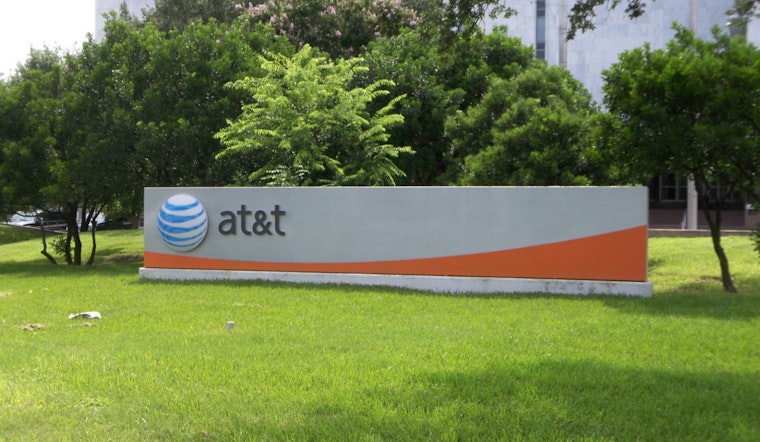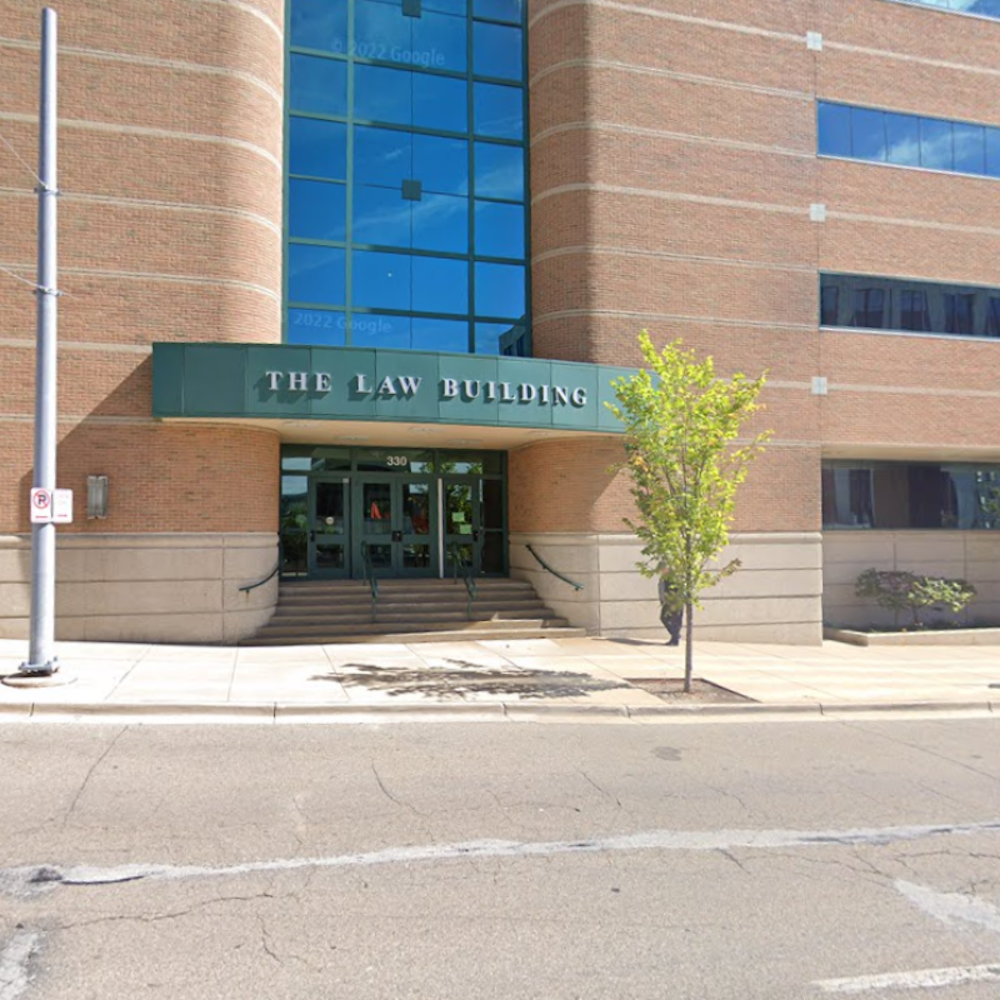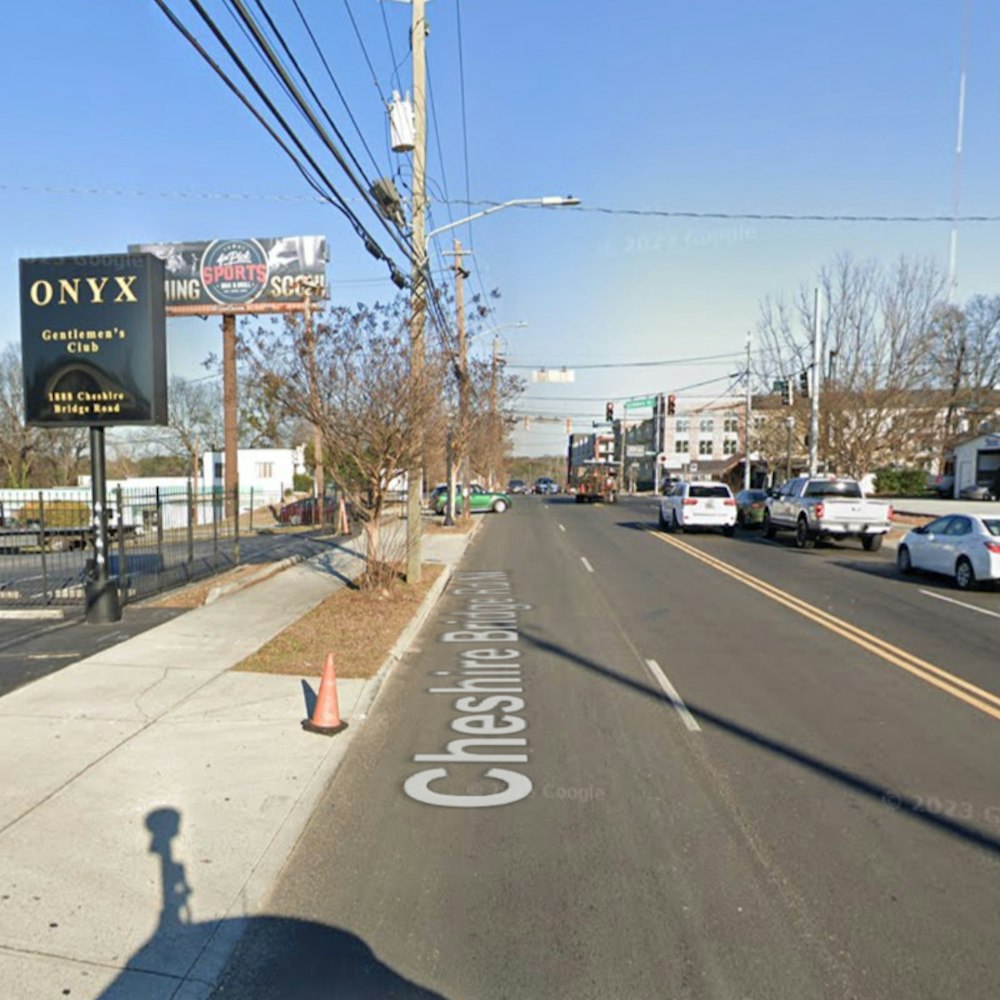
AT&T customers across the nation were left without cellphone service for several hours on Thursday due to a significant network outage attributed to a coding error, as opposed to a cyberattack. Confirming the technical snafu, AT&T stated, "Based on our initial review, we believe that today's outage was caused by the application and execution of an incorrect process used as we were expanding our network, not a cyber attack," according to a report by KXAN. The outage began around 3:30 a.m. ET, with outage tracker Downdetector recording close to 73,000 incidents at its peak, before service was restored later in the day.
The disruption was widespread, wreaking havoc for AT&T's user base, which totals more than 240 million subscribers. Service interruptions were particularly acute in major cities such as Houston, Atlanta, and Chicago. Cricket Wireless, a subsidiary of AT&T, also experienced significant outages. As outages peaked, some customers encountered an "SOS" mode on their iPhones, signifying an inability to connect to their provider's network but still able to make emergency calls. "During the outage, some iPhone users saw SOS messages displayed in the status bar on their cellphones," noted a KENS 5 report.
Government agencies quickly engaged with the telecommunications giant following the outage. The Federal Communications Commission reached out to discuss the situation, while the Department of Homeland Security and FBI initiated inquiries, a move echoed by a statement from National Security Council spokesman John Kirby. "Should we learn of any malicious activity, we will respond accordingly," stated the FBI, as reported by KXAN. The outage raised concerns on Capitol Hill, prompting a review by key members of the House Energy and Commerce Committee to understand the incident's root cause and develop strategies to mitigate future risks.
On social media, the AT&T network disruption quickly gained traction, with speculation and frustrations running wild. Users of X, better known as the platform previously called Twitter, leveraged hashtags to voice their challenges and theories regarding the sudden loss of service. Despite the buzz, AT&T's assertion that the issue stemmed from a technical error and not a cyberattack was echoed by its industry peers, Verizon and T-Mobile, who confirmed their networks were functioning normally. Their customers, however, did report connectivity issues likely caused by attempts to reach AT&T subscribers.









